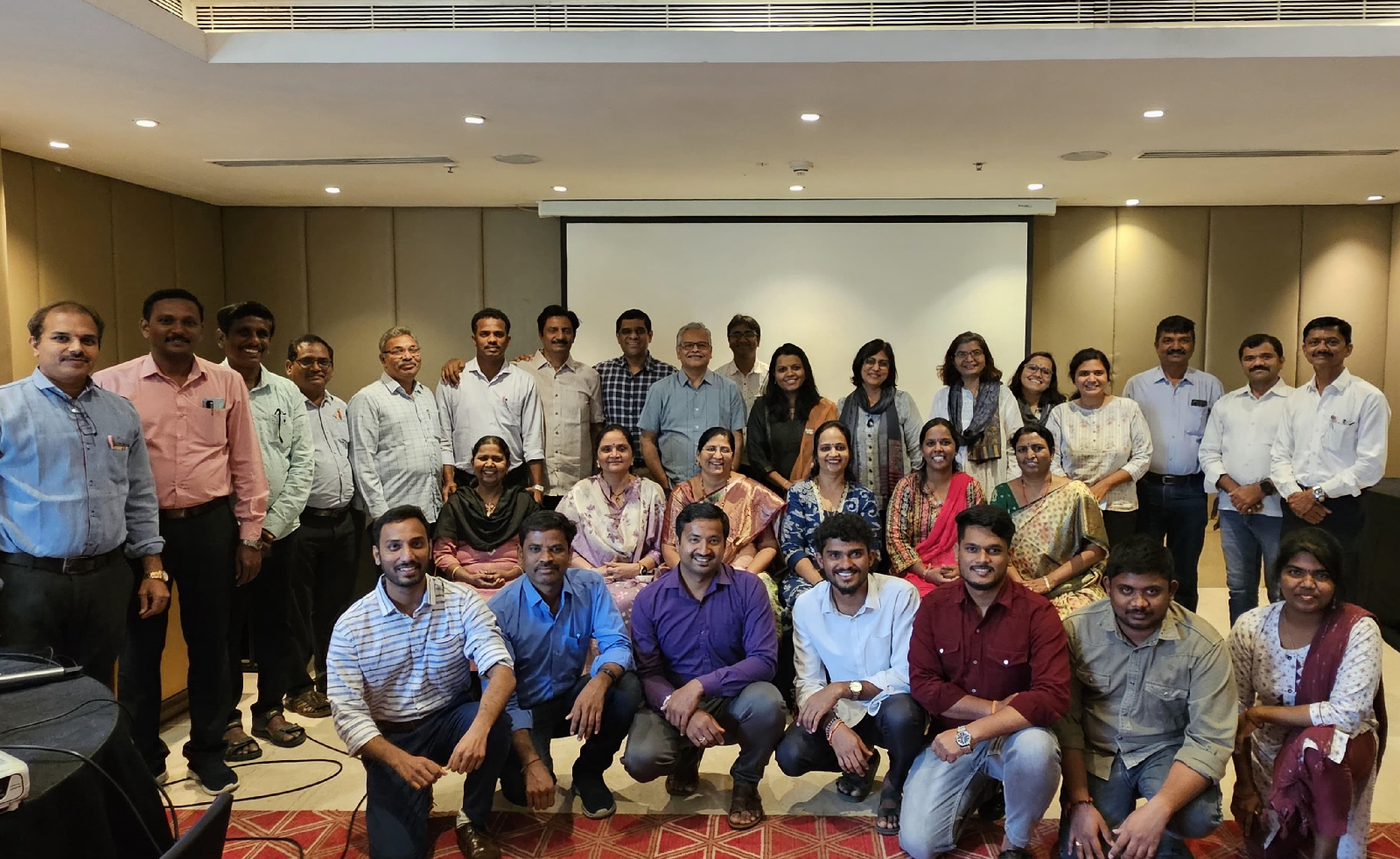Students behavioural challenges in the Schools
Student misbehavior is a prevalent issue in educational institutions worldwide, manifesting in various forms such as verbal abuse, physical violence, truancy, and disrespect towards authority. The nature and severity of these behaviors can vary across countries, influenced by cultural, social, and economic factors. Education departments globally have implemented diverse strategies to address these challenges, aiming to create safer and more conducive learning environments. Scotland In Scotland, there has been a notable increase in pupil violence and deteriorating classroom behavior. A survey by the NASUWT teaching union reported that 44% of Scottish teachers experienced physical abuse, and 90% faced verbal abuse in the past year. Factors contributing to this rise include austerity measures, insufficient resources for students with additional support needs, and inadequate mental health provisions. In response, the Scottish government is urged to implement clearer policies to tackle chal...

